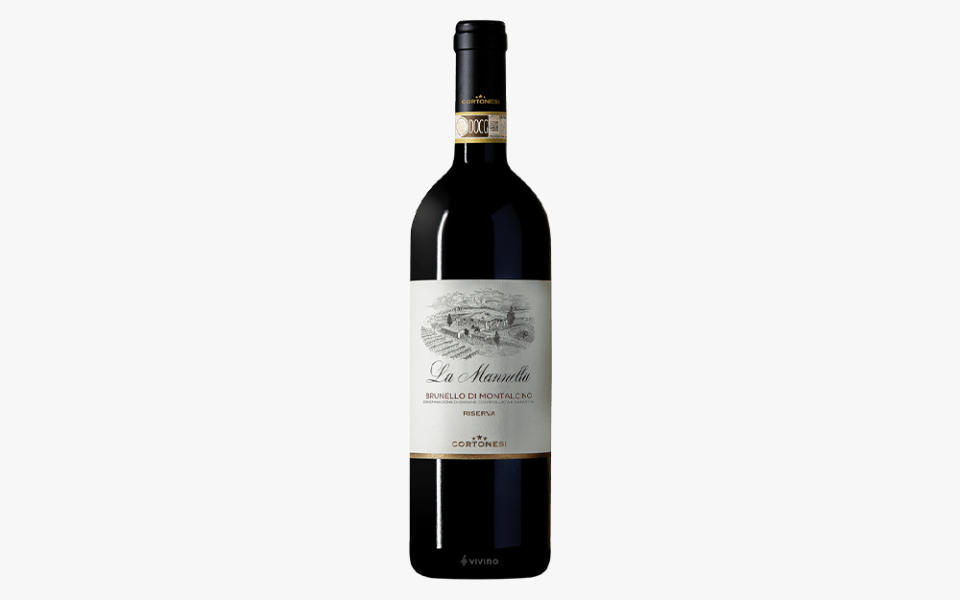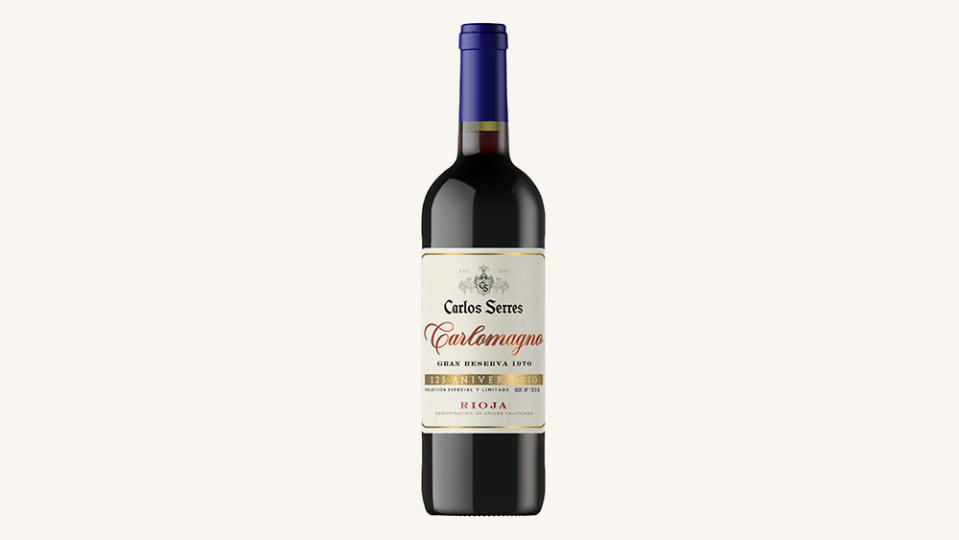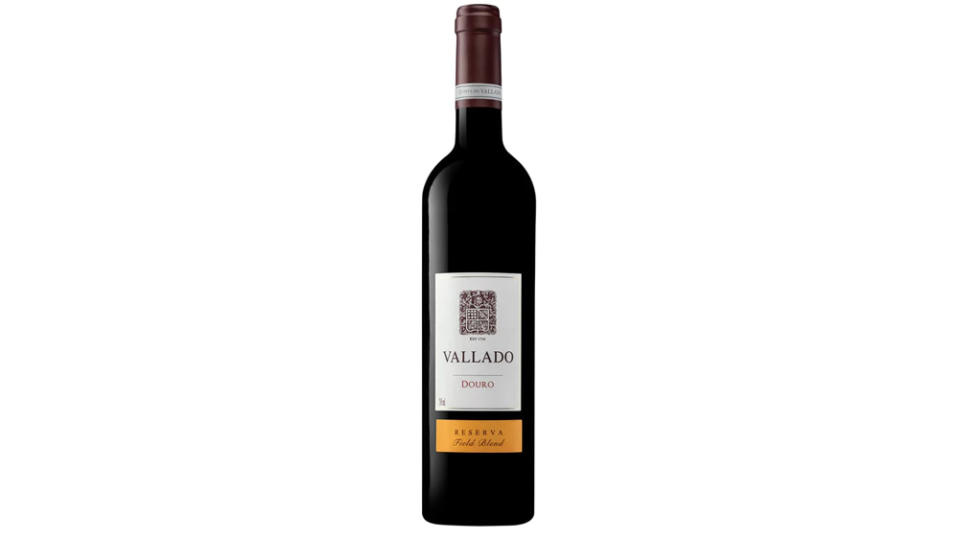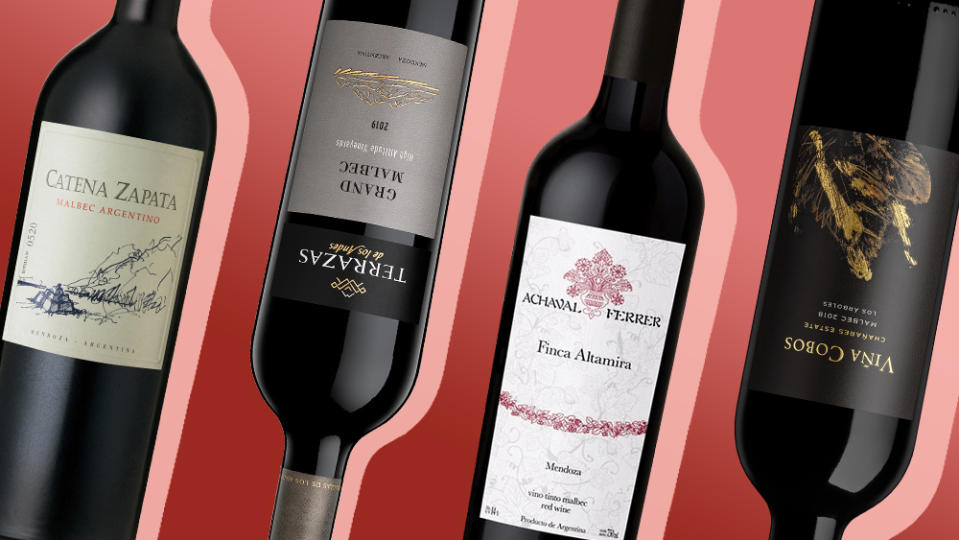Here’s What ‘Reserve’ on a Wine Label Really Means

We’ve all been there, especially when trying to make a quick decision in a wine shop or restaurant. Deciphering the code of wine labels is no easy task. Is this appellation better than that one? Should I choose a better producer from a less important region or is it the other way around? There are two here from the same winery at wildly different prices, but one is a “Reserve” and the other is their run-of-the-mill offering. Is that distinction worth the difference? There’s no one-size-fits-all answer to any of these questions other than to say that it depends.
Let’s get back to the question of Reserve, which you may encounter written that way as well as the Italian Riserva and Spanish and Portuguese Reserva. In those countries as well as Argentina, this designation means something, while in the rest of the world “reserve” has no actual definition and is on the label at the discretion of the winery. In many cases in the United States, Australia, New Zealand, South Africa, and Chile, among other countries, producers will use reserve to indicate their highest quality, top-tier, or longest-aged wine. That said, we’ve seen plenty of “reserve” wines in the $20 and under category in which the use of the word falls somewhere between meaningless and misleading. It may be the producer’s “best” wine in terms of grape selection or production methods, or it may simply be a marketing ploy.
More from Robb Report
Robb Report's Wine Club Will Give You Exclusive Access to Exceptional Napa Valley Reds
Renato Ratti Put Barolo on the Map. Here's How His Son Has Carried on His Winemaking Tradition.
Italy, Spain, Portugal, and Argentina have strict regulations set by the regional wine authorities that dictate how the terms riserva and reserve can be used. In addition to aging time, local rules also govern the area in which grapes may be grown, which varieties can be used, whether irrigation may be employed, vine density, and amount of grapes grown per hectare. In all cases, reserve or riserva wines will age longer than non-reserve wines. Here’s what you need to know about the countries where this label actually means something.
Italy

The four main regions that produce riserva wines are Brunello di Montalcino, Barolo, Barbaresco, and Chianti.
Brunello di Montalcino Riserva: Wine from this Tuscan region is made with 100 percent Sangiovese. Brunello di Montalcino Riserva must age for at least six years, with a minimum of two years in oak barrel and minimum 6 months in bottle and may be released January 1, six years after the harvest. Astute readers will note that two years and six months do not add up to six years; these are minimum aging requirements and many producers age in barrel for longer than two years. Riserva Brunello is not made every year, only in those that winemakers believe they have had an exceptional harvest.
Barolo Riserva: Made with 100 percent Nebbiolo, Barolo Riserva is required to age for a minimum of five years before being brought to market. At least three of the five years must be in wood barrels.
Barbaresco Riserva: Sometimes considered Barolo’s little brother, Barbaresco is also produced with just Nebbiolo. Barbaresco Riserva must age for at least four years; and nine months must be spent in oak barrels.
Chianti Classico Riserva: Grapes must come from the Chianti Classico subregion, and wines have to be a minimum of 80 percent Sangiovese to earn this title. Additional grapes that are allowed are Canaiolo Nero, Colorino, Cabernet Sauvignon, Merlot, and Syrah. Wines must age at least two years before release, including at least seven months in oak barrel and three months of bottle rest. There is a higher level as well, Chianti Classico Gran Selezione, which is made only with estate-grown grapes and requires 30 months of aging before release.
Spain

Almost every Spanish region has a set of aging requirements for their red wines, with Reserva being the second-longest aging period, behind Gran Reserva.
Ribera del Duero and Rioja: Ribera del Duero wines are likely to be 100 percent Tempranillo, while many Rioja wines blend 85 percent of this grape with Graciano and Mazuelo.
Reserva wines age for at least three years, with at least one in oak barrel and the remainder in bottle.
Gran Reserva may be released after five years, with a minimum of two years in oak.
Portugal

Unlike Italy and Spain, most of Portugal’s labeling requirements have to do with alcohol content rather than specified aging schedules. These refer to wines from a vintage year (and not to non- or multi-vintage wines) from a specified Denomination of Origin (DO) or Geographical Indication (IG) region. In all cases the terms are applied to wines that have “outstanding organoleptic characteristics,” which is open to interpretation.
Reserva and Reserva Especial: These refer to wines that have an alcohol content at least 0.5 percent above the minimum alcohol content laid down for the region. If the minimum in a region is 12 percent ABV, then a Reserva or Reserva Especial must have a minimum of 12.5 percent alcohol.
Grand Reserve: Portuguese Grand Reserves must have a minimum ABV at least 1 percent higher than the minimum required for the region.
Velha Reserva: This is the only Portuguese term we have noted that has aging stipulations attached. Red Velha Reserva wines must age for three years prior to being released, while white and rosé requires two. All of them need an higher level that is at least 1 percent above the minimum for the region.
Argentina

The only non-European country that appears to have any rules for the use of “reserva,” Argentina requires less time than Italy or Spain in order to label wine with the term.
Reserva: This indicates at least one year in barrel for red wine or six months for white.
Gran Reserva: A red Argentine Gran Reserva has spent at least two years in oak, while white wines must oak-age for one year.
Best of Robb Report
Why a Heritage Turkey Is the Best Thanksgiving Bird—and How to Get One
The 10 Best Wines to Pair With Steak, From Cabernet to Malbec
Sign up for Robb Report's Newsletter. For the latest news, follow us on Facebook, Twitter, and Instagram.

